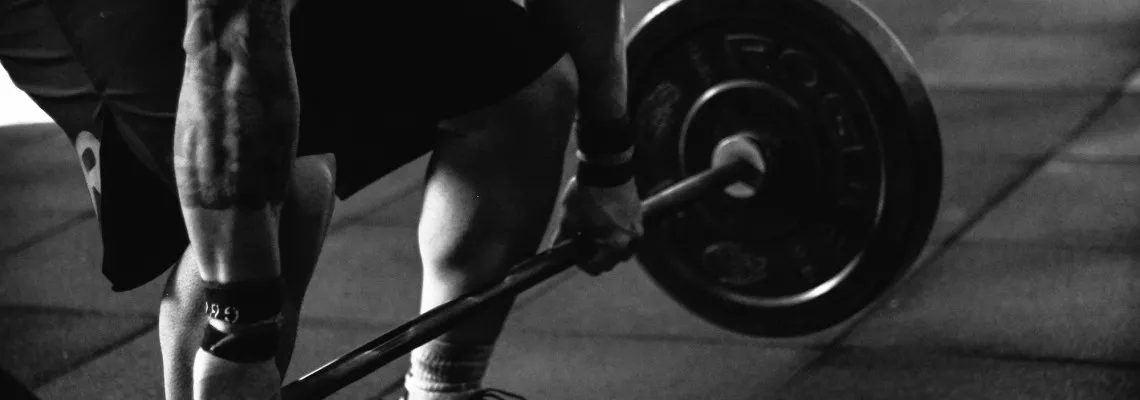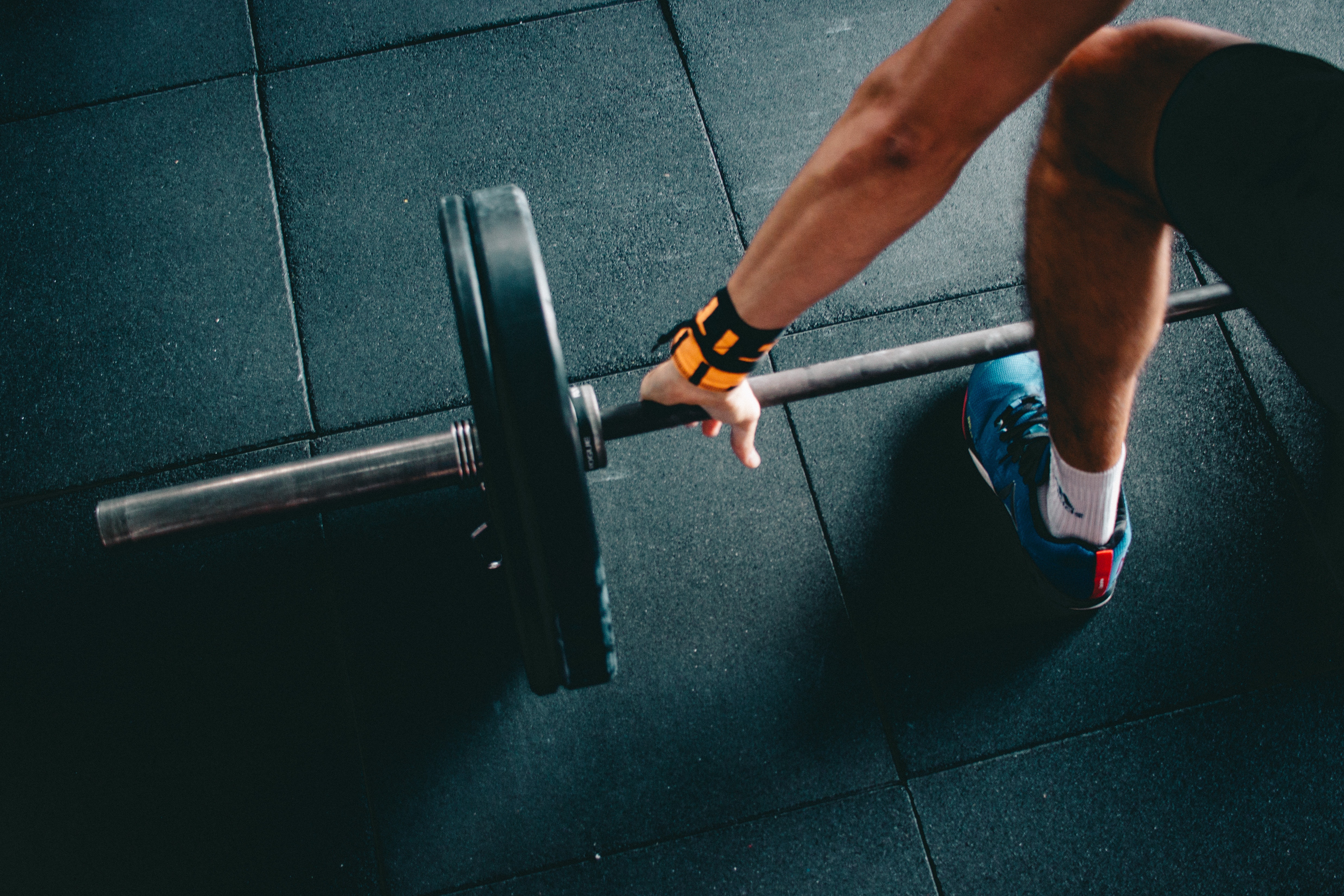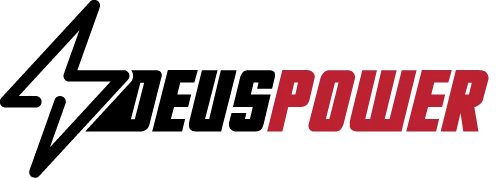15 Jul


How to do a Deadlift: Best technique and Tips
Weightlifting is about raising weights and returning them to the ground. That principle applies in just about every form of the sport, including deadlifting. The simple approach makes weightlifting a go-to favorite for improving health, building muscle, and training strength.

Deadlift: What is it?
Otherwise, known as the king of lifts, deadlifting is an all-around workout that trains some major muscle groups. It is used for boosting lean muscle mass and increasing power and strength. However, the most common application of deadlifts is speeding up heart rate, classifying it as a cardio workout.
Deadlifting targets muscle groups like:
The Buttocks
There are three muscles in the butt, and all are activated during deadlifting. The gluteus maximus is the most used muscle during the exercise and works together with the hamstrings for a full hip extension when coming out of a bend over. The gluteus minimus and medius provide assistance for the gluteus maximus and stability in the knees and hips.
The Legs
Deadlifting trains the hamstrings and quadriceps muscles found in the legs.
The Back
The erector spinae is the primary muscle group used in deadlifting. It’s found in the back and consists of muscles like the spinalis, the longissimus, and the iliocostalis. The erector spinae is a muscle group found on both sides of the spine.
Deadlifting Techniques
How hard could it be?
The idea of lifting and putting down weights sounds straightforward. But it’s not nearly as easy as it sounds. In fact, poor technique can turn a deadlift from a cardio exercise to a recipe for back aches.
Here are techniques you can follow for good deadlifting form:
Grip
Many people go into a deadlift with a mixed grip: an overhand and underhand grip. While this style prevents slipping, it isn’t the best technique over time because it activates your mid-back and lats in different patterns on either side of the body. This will result in bad posture and poor form. Instead, go for an overhand grip. You’ll get used to it over time and use the right muscle groups each time.
Core
It’s fairly common to find people donning belts during deadlifting. Is it necessary? Nope. You already have a good belt in core: the deeper abdominal muscles, abs, obliques, and lower back muscles. These muscle groups help keep your spine in its most natural alignment when you lift. And, as you increase the weights over time, it’s best to depend on your core and employ proper spine posture. When you try hinging from the deadlift, your spine will stray from the line, and your torso isn’t rigid enough.
Posture
In deadlifting, your hamstrings and glutes are the major muscle group, not the spinal muscles. To use the right muscle group, ensure that your lower back isn’t the main pivot for the weight. So, for each rep, keep your hips lower than your shoulders.

How to Deadlift and Tips
Here is a step-by-step guide to deadlifting:
- Using bumper plates to load your weights will decrease the impact of the weight on the floor and improves joint health.
- Stay in the midsection of the bar and let your midfoot sit under the bar.
- Use an overhand grip to grab the bar hip-width apart.
- Bend your hips and knees and push down until your scapula or shoulder blades ate pushed down and back. Keep your spine in a neutral position.
- Keep your arms straight and pull tight on the bat with no slack. Brace against the weight of the bar. Squeeze your arms tightly against your sides, like holding something under your armpits.
- Maintain arm straightness by tensing your triceps.
During a deadlift, use flat shoes, as they offer better stability. Upon completing the set-up, you can start deadlifting:
- Raise yourself by digging your legs into the floor and pushing your hips forward.
- With your spine in a central position, push with your midfoot. Keep your knees somewhat bent as you get into an upright position.
- Return to your original position by bending your hip and knees. Don’t drop the weight or bounce it.
- Repeat as desired.
